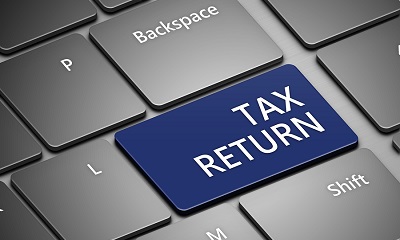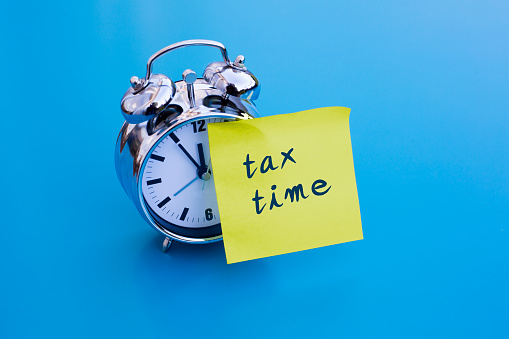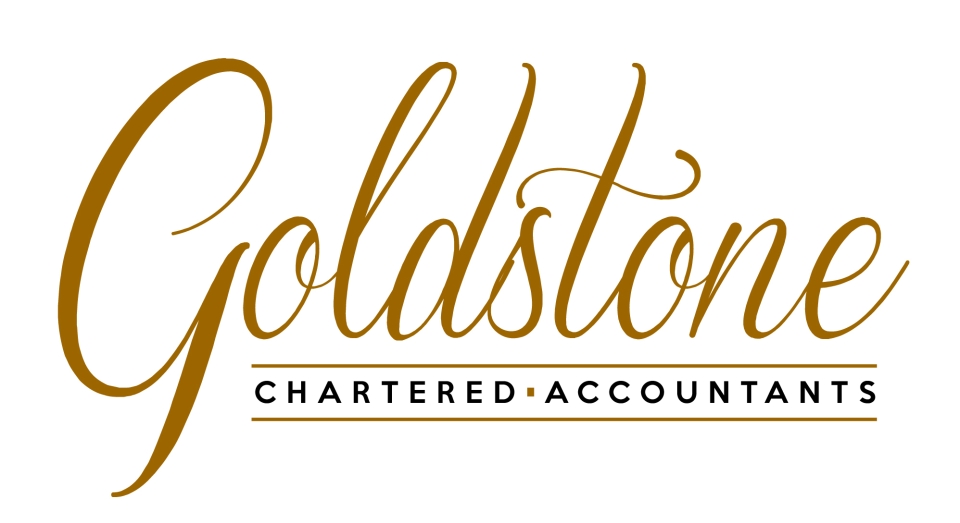HMRC is creating the most digitally-advanced tax system in the world, meaning the end of the annual tax return to be replaced by the use of a digital tax account making it easier and quicker for taxpayers to keep on top of their tax.

Making Tax digital is expected to be fully implemented by 2020. This will eradicate bureaucratic form-filling and eliminate unnecessary time delays as the tax system operates much more closely to ‘real time’. Businesses will be able to register, file, pay and update their information at their convenience.
Who will Making Tax Digital apply to
The changes outlined in the Making Tax Digital initiative will apply to a wide range of taxpayers, including most businesses, self-employed people, landlords as well as individual taxpayers.
- For individuals, viewing your personal tax account is available already, simply by signing in/registering for HMRC services online.
- For Self-employed, Making Tax Digital begins 6 April 2018.
- For Businesses paying income tax, the start date will also be April 2018.
- For VAT- paying businesses, VAT goes online from April 2019.
- For companies paying corporation tax, Making Tax Digital starts April 2020.
The End of the Tax Return
By 2020 all tax affairs will be able to be tracked digitally and small businesses, self-employed and landlords will be required to update HMRC at least quarterly via their digital tax accounts. HMRC has said that this does not mean completing a full tax return four times a year, it is just to provide more regular updates online. The introduction of a ‘real time’ tax system means that instead of reporting information on tax returns and paying liabilities long after the end of the tax year, the digital records will show a real-time view of the businesses tax affairs and liabilities which will make it easier to understand how much tax is owed and will enable businesses to budget accordingly.
How will the information be uploaded to HMRC
Making Tax Digital will require the use of digital tools to keep records of your income and expenditure. HMRC will ensure that basic apps and software products are available but many businesses and their accountants will choose to use a more comprehensive commercial software to show more accurate tax data of the business and highlight any possible errors and offer prompts for information that otherwise may have been overlooked. Once the relevant data has been compiled by this software, it can then be submitted directly to HMRC.
Please contact us if you would like any further help and assistance in these tax issues.
A Timeline - Making Tax Digital

July – December 2016
Testing start for digital reporting of accounts by small businesses.
Authorised agents are able to manage their clients’ digital tax accounts.
January – June 2017
New online billing system begins.
July – December 2017
Digital tax accounts show taxpayers an overview of their tax liabilities in one place.
July – December 2018
Most businesses, self-employed people and landlords start updating HMRC quarterly for income tax and National Insurance obligations through accounting software.
2019
Most businesses, self-employed people and landlords start updating HMRC quarterly for VAT obligations through their accounting software.
2020
Most businesses, self-employed people and landlords start updating HMRC quarterly for Corporation Tax obligations through their accounting software.

